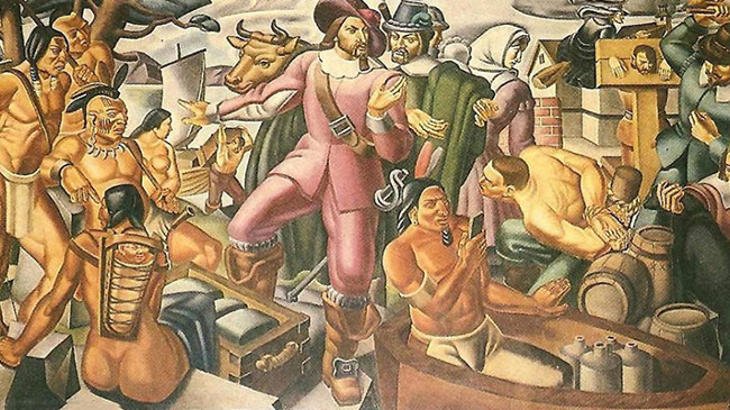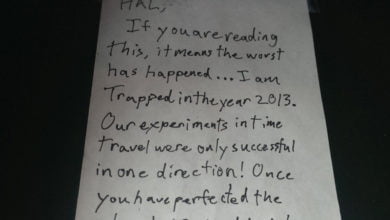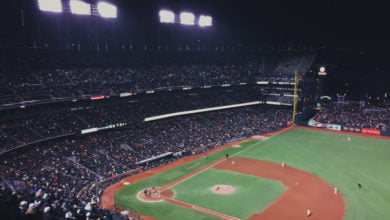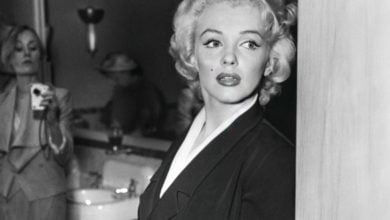
I honestly don’t know what to do, anymore.
For years and years, I’ve warned about the dangers of reckless time travel. And does anyone listen? No, not at all. Irresponsible time traveling tourists are still leaving proof of their future technology in the past!
Just look at this: A mural made back in the 1930s appears to show a Native American holding what looks like a modern-day smartphone, his thumb just in the right position to send that latest text.

The mural was created in 1937 by Umberto Romano, and is titled “Mr. Pynchon and the Settling of Springfield.” According to Motherboard, who recently shared this curious anomaly, it can be found in the Commonwealth of Massachusetts State Office Building in Springfield, Massachusetts. It’s meant be an artistic representation of the settlers arriving to the area in the 1630s.
But that’s beyond the point. Now, we have yet another round of tabloids propagating yet another piece of time travel evidence – each piece bit by bit destroying the very fabric of space and time. The more we see, the more wibbly-wobbly things get.
How could the Italian painter Umberto Romano have known about the existence of smartphones so long before they were invented?
I’ll tell you how. And you already know, because it’s the same old story. Time tourists, yet again violating the number one rule of time travel: No cell phones.
Or, as at least one historian has posited, the object depicted in the mural could be a mirror or small book of some kind. They’re not fooling me, though.






